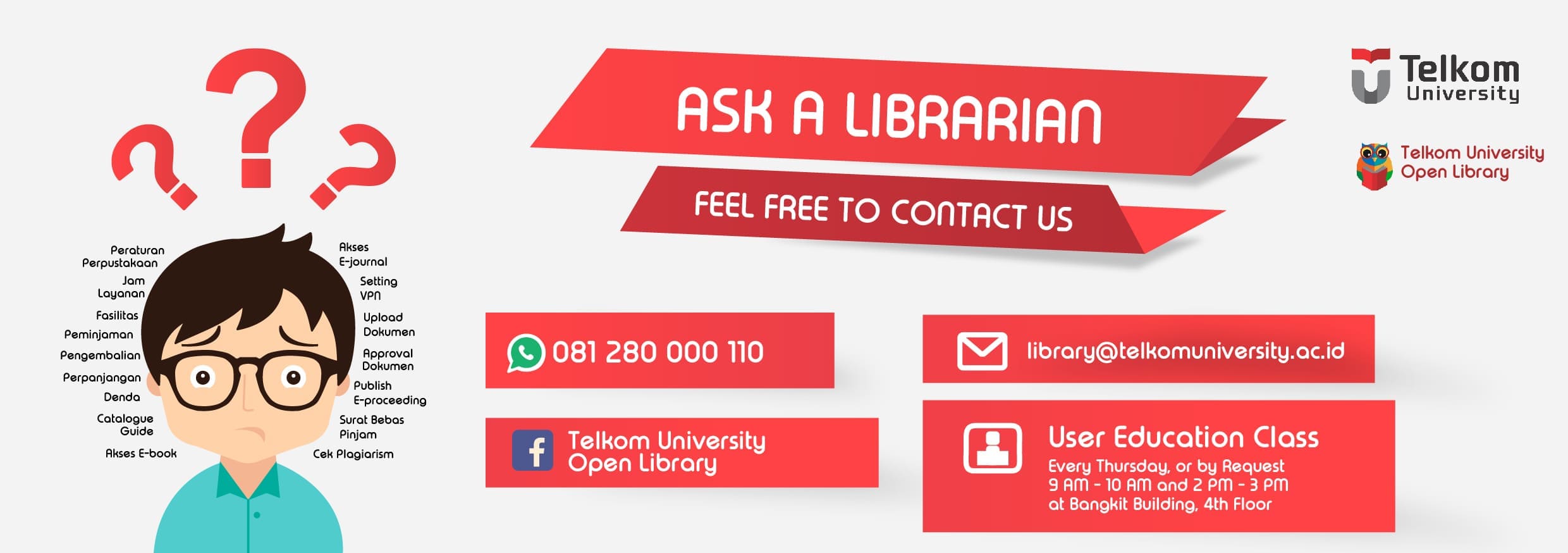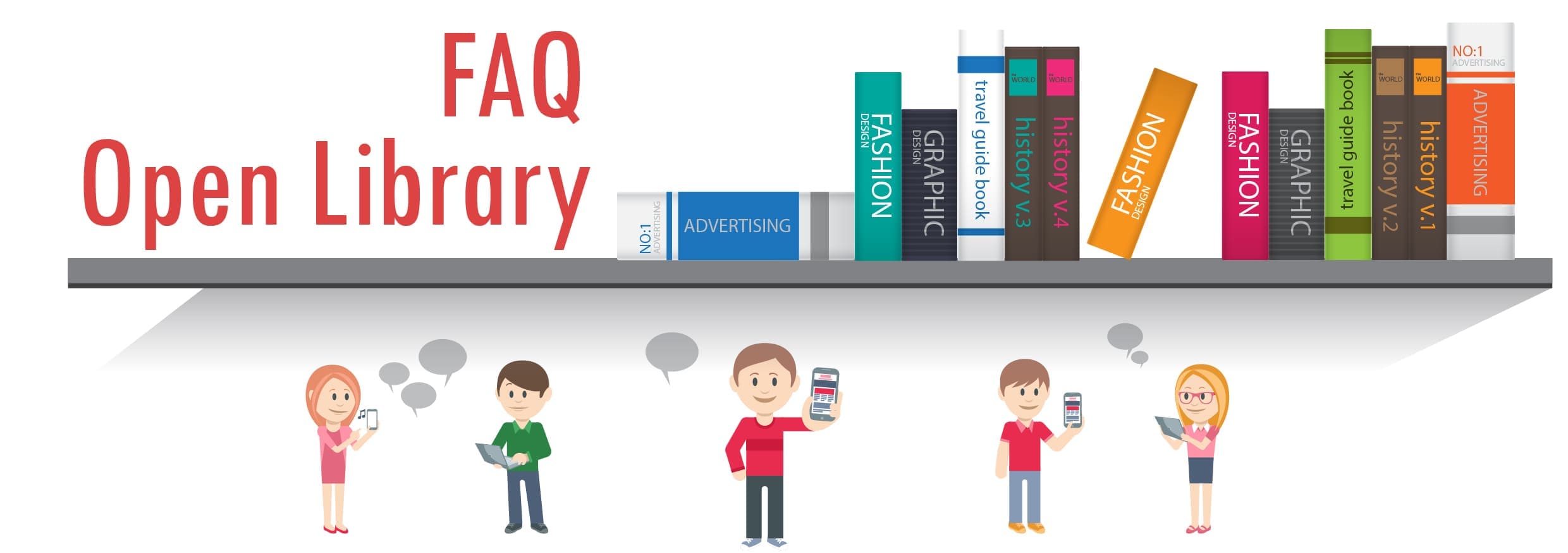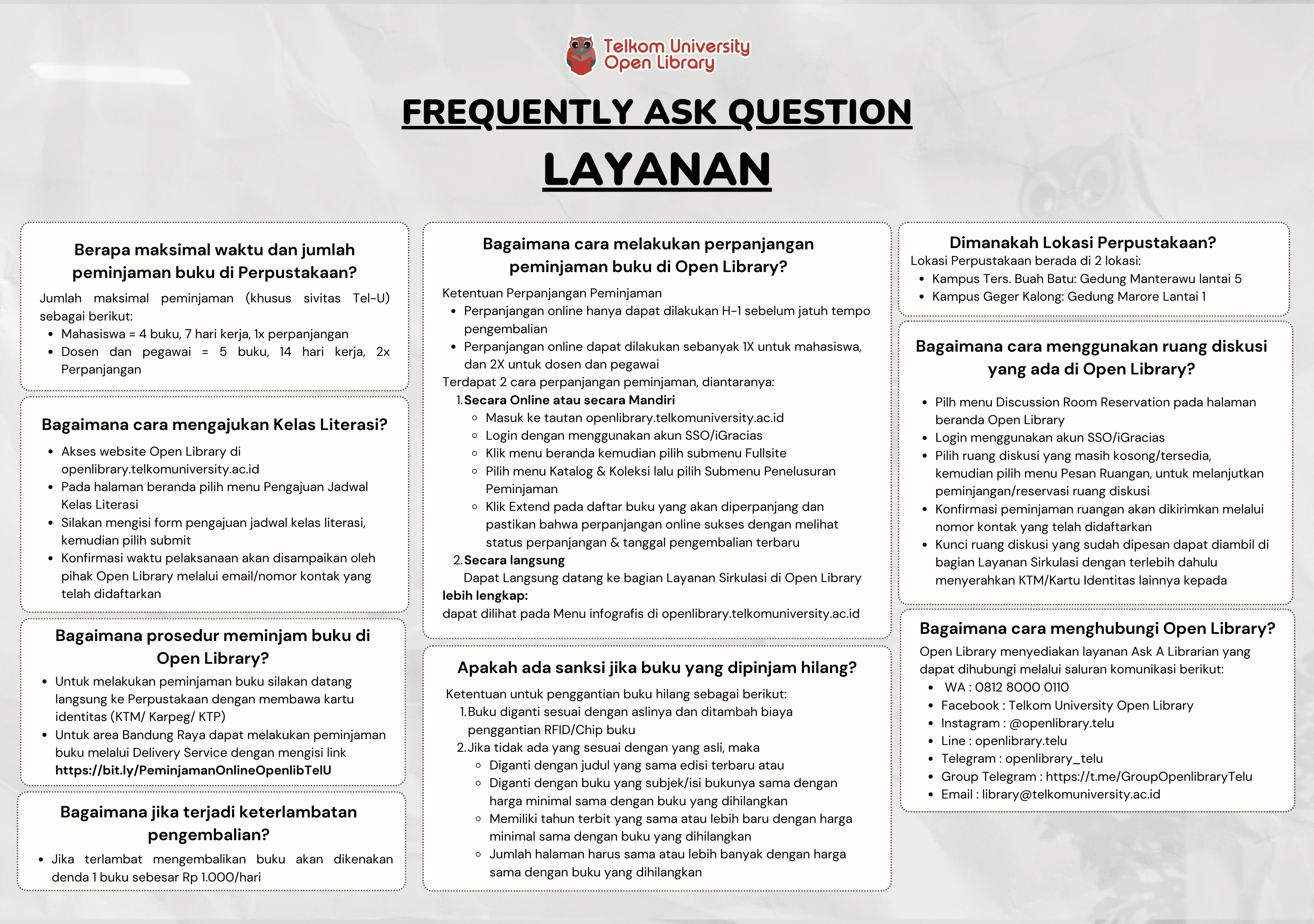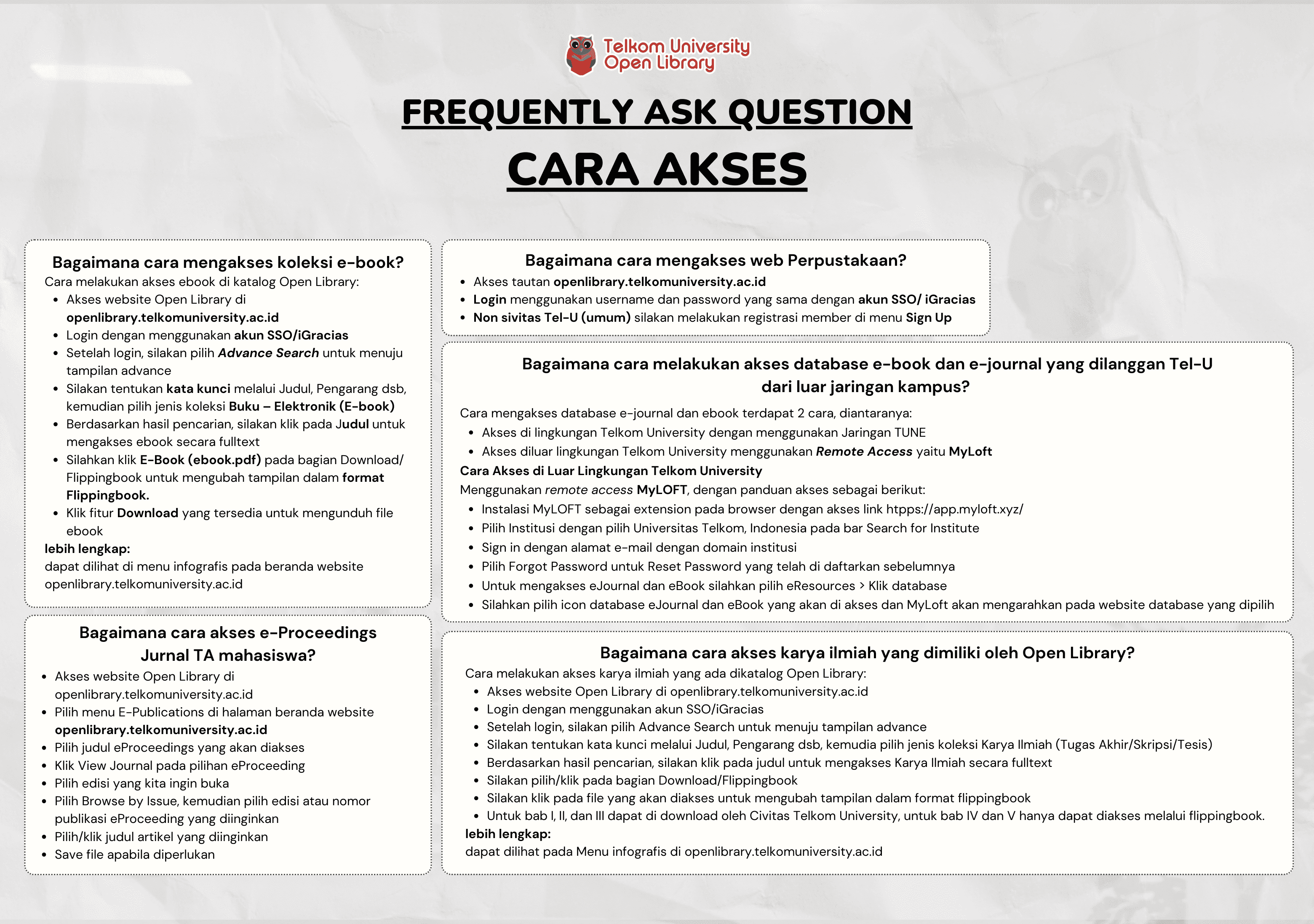SWOT ANALYSIS AND TOWS STRATEGY IN ADDRESSING GSO AND NGSO MARKET DYNAMICS - Dalam bentuk buku karya ilmiah
ADINDA FEBRIANI

Informasi Umum
Kode
25.05.730
Klasifikasi
000 - General Works
Jenis
Karya Ilmiah - Thesis (S2) - Reference
Subjek
Wireless Communication
Dilihat
58 kali
Informasi Lainnya
Abstraksi
Indonesia, as the world’s largest archipelagic nation with over 17,000 islands,<br /> faces persistent challenges in connectivity and digital inclusion. The demand for<br /> broadband services continues to rise, necessitating robust satellite infrastructure to<br /> support communication, broadcasting, and internet services—particularly in remote<br /> and underserved areas where terrestrial networks are not feasible. Satellite technol-<br /> ogy plays a pivotal role in bridging this connectivity gap, yet market dynamics,<br /> regulatory barriers, and infrastructure limitations hinder its optimal development.<br /> Two predominant satellite architectures, Geostationary Orbit (GSO) and Non-<br /> Geostationary Orbit (NGSO), offer distinct advantages and challenges. GSO satel-<br /> lites, stationed at approximately 36,000 km altitude, provide wide coverage and<br /> stable communication but suffer from high latency, capacity limitations, and costly<br /> deployment. In contrast, NGSO satellites (including LEO and MEO constellations)<br /> offer higher capacity, lower latency, and scalability, yet demand complex constella-<br /> tion management and frequent replenishment cycles. Despite these advancements,<br /> Indonesia’s satellite sector struggles with supply-demand imbalances, regulatory<br /> constraints, and increasing competition from global players like Starlink.<br /> Through a comparative assessment of GSO and NGSO systems, this study ex-<br /> amines regulatory frameworks, supply-demand dynamics, and infrastructure gaps.<br /> Using SWOT analysis and capacity optimization models, the findings reveal that<br /> Indonesia faces a 30% satellite network capacity deficit in 2025, increasing to 43%<br /> by 2045. The country remains heavily reliant on foreign satellite operators and<br /> is constrained by regulatory limitations that hinder the integration of NGSO sys-<br /> tems. Strategic recommendations include strengthening domestic satellite capacity,<br /> implementing regulatory reforms to support NGSO participation, and enhancing<br /> spectrum efficiency in line with global best practices.<br /> By providing a comprehensive assessment of Indonesia’s satellite sector, this<br /> study offers actionable insights for operators and regulators, supporting the devel-<br /> opment of a sustainable, competitive, and resilient satellite infrastructure that meets<br /> Indonesia’s long-term connectivity demands.<br /> Keywords : Satellite Operators in Indonesia, Market Dynamic, Strategic Analysis,<br /> GSO vs NGSO, Satellite Policy, Spectrum Efficiency.
- ABK7AFB3 - Sistem Satelit Lanjut
Koleksi & Sirkulasi
Tersedia 1 dari total 1 Koleksi
Anda harus log in untuk mengakses flippingbook
Pengarang
| Nama | ADINDA FEBRIANI |
| Jenis | Perorangan |
| Penyunting | Heroe Wijanto, Meiditomo Sutyarjoko |
| Penerjemah |
Penerbit
| Nama | Universitas Telkom, S2 Teknik Elektro |
| Kota | Bandung |
| Tahun | 2025 |
Sirkulasi
| Harga sewa | IDR 0,00 |
| Denda harian | IDR 0,00 |
| Jenis | Non-Sirkulasi |




















